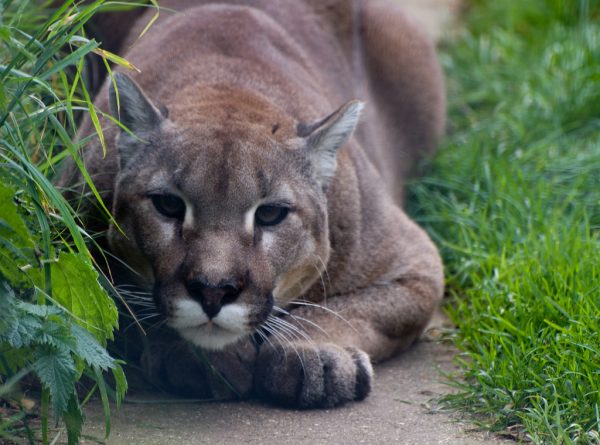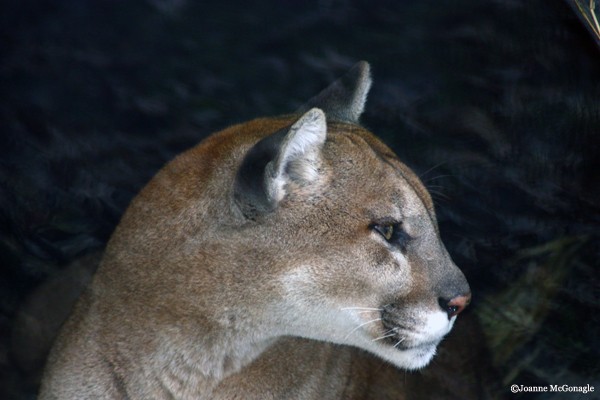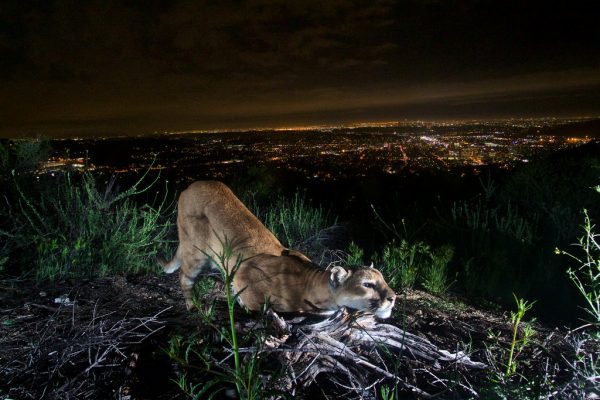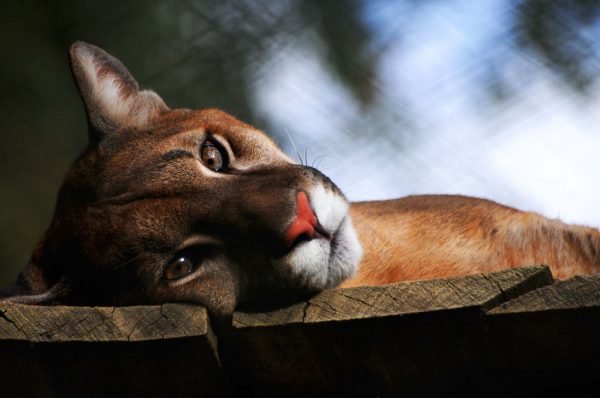
The Mountain Lion on World Environment Day
The Mountain Lion is worthy of honor as a keystone species on World Environment Day. A keystone species is vital for the health and function of our wild landscapes, having a disproportionately large effect on their natural environment relative to their abundance. Where Mountain Lions roam, there remains a wildness that enriches the human spirit.
America’s Big Cat

While America’s big cat’s longitudinal range has remained, their latitudinal range has shrunk by more than half. Mountain lions used to be found throughout the United States, but due to bounty hunts in the early 1900’s and threats such as persecution, trophy hunting, poaching, retaliation in response to livestock depredation, kitten orphaning, poisoning and habitat loss and fragmentation, mountain lions are now only found in 15 western states, and the genetically isolated Florida panther remains in the East.
Mountain lions are obligate carnivores, so they only eat meat. Therefore, they have large canines and sharp, specialized carnassial teeth (molars) for shearing and tearing flesh. Mountain lions also have retractable claws, which they use to climb trees and capture prey. Their preferred prey are deer and elk and they have co-evolved with deer and elk as their primary prey.
These cats have extraordinary vision. They have round or oval pupils, which allows them to open as wide as possible at night, but close almost completely in bright light, protecting light sensitive cells.
Mountain lion hearing research is limited. But domestic cats have acute hearing and can detect prey using both sight and sound. Cats can hear frequencies in the ultrasonic range and are able to move their rounded ears together or independently to isolate sounds. A cat’s enlarged auditory bullae (the portion of the skull surrounding the middle ear) may enhance a cat’s sensitivity to certain sounds.
Mountain Lions Are Nearly Perfect Predators

Thought to be solitary cats, but recent research shows they may be more social than previously thought. Mountain lions are crepuscular, meaning most active at dusk and dawn. They are relentless hunters. Hunger drives their search for prey and, in the case of a female, the need to feed growing kittens. The hungrier the cat, the greater the tendency to roam, focusing on areas where prey was previously found. The cat navigates its home range in a zigzag course, avoiding open areas and taking advantage of cover.
Threats to Mountain Lions

The Mountain Lion Foundation asks when is enough…enough?
“Mountain lions only live about 13 years in the wild. Sadly, today few lions live a full natural lifespan. It’s a difficult life, full of potentially lethal challenges. The big cats are shot for recreation, for sport, and for trophies. They are shot when a rancher’s livestock is lost, and when pets disappear. Cats are shot when people are afraid.
Individual lions, and individual people, are diminished whenever we kill a lion unnecessarily. We lose not just a member of the species, but mother lions that might train their kittens to avoid people, large and well-established males that have proved themselves able to survive entirely in the wild, and lions that feel, think, experience and behave in the world as individuals.
And each time we kill a lion, we lose a little bit of what distinguishes us as humans: our capacity for compassion, for making rational decisions that benefit the common good, for overcoming the urge to demonstrate power and dominance at the expense of our neighbors and our environment.
If we lose our big cats, we will mourn a species that we barely understood. Only a few of us will have encountered an individual wild lion.
And this will be the greatest loss: That we knew just enough to save them, enough to change our behavior, enough to make a difference, and that we chose not to act.”
The Tiniest Tiger Community Supports The Mountain Lion Foundation

Thanks to your support of Triple T Studios, The Tiniest Tiger community made a donation made to The Mountain Lion Foundation. Thank you for caring for all cats big and small.